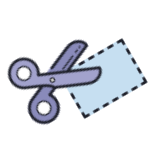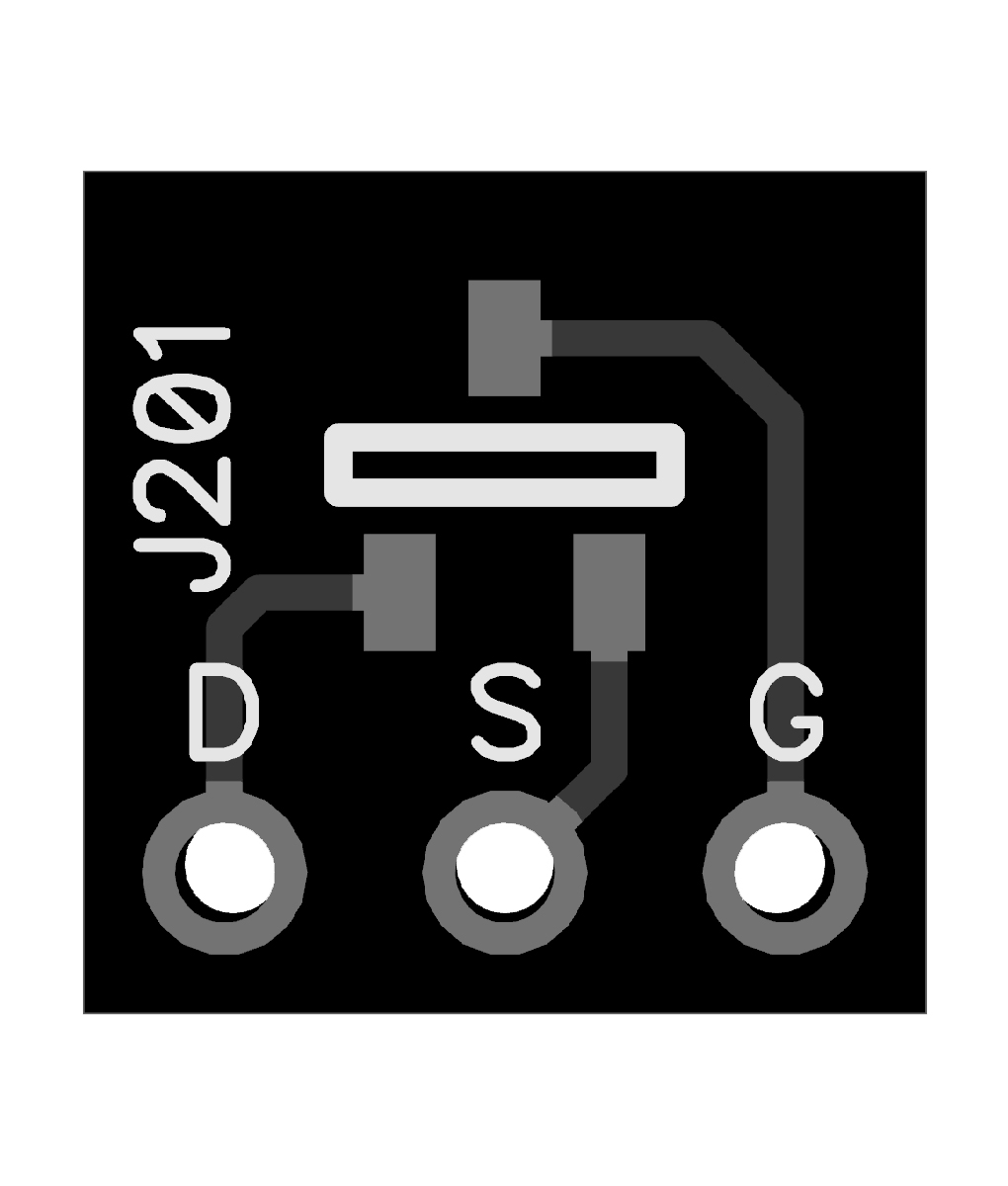-
 BLACK FRIDAY SALE!
BLACK FRIDAY SALE!
20% off all PCBs - No coupon code required - Valid through 11/30/2025
Components and sale items excluded
You are using an out of date browser. It may not display this or other websites correctly.
You should upgrade or use an alternative browser.
You should upgrade or use an alternative browser.
Stuff you wanted to know but were afraid to ask
- Thread starter spi
- Start date
Yes, that must be it. The Engl Powerball has a similar switch and in that schematic it's depicted like above, so probably just an error in the Fireball schematic. Thanks, guys!This is only a guess, I am not familiar with the Fireball circuit, but this might make more sense.
View attachment 85269
Only on the 60 and 100, not the little 25.I don't see a depth switch on the panel of a fireball anyways.

Feral Feline
Well-known member
These two don't seem to be using any protection.
View attachment 85224
Responsible pedal chaperones will keep a minimum distance between pedals' jacks with appropriate patch cables and will ensure there's a buffer somewhere in the chain.
Somebody lets un-buffered pedals couple like that depicted, then that player deserves the resulting inundation of 1590As...
Just sayin' ...
Practice safely.
DeadAirMD
Well-known member
I've been using smd jfets more recently and have been soldering them as one of the last steps while populating the board. I know some components are sensitive to heat (IC chips/transistors), but is it okay to solder the smd jfets as a first step, before there are components in the way of the soldering iron?
I have smd>to92 boards which I use sometimes if I'm jfet rolling, but have a decent stash of loose jfet smds. I have no issue soldering them (especially since I bought a fine needle-tip angled tweezers) and I'm also not a dufus burning the board. Just wondering if soldering the rest of the components after I solder the smd jfets first would cause an issue?
I have smd>to92 boards which I use sometimes if I'm jfet rolling, but have a decent stash of loose jfet smds. I have no issue soldering them (especially since I bought a fine needle-tip angled tweezers) and I'm also not a dufus burning the board. Just wondering if soldering the rest of the components after I solder the smd jfets first would cause an issue?
Nostradoomus
Well-known member
if you're careful, no.
if you didn't measure them anyway, yes.
if you didn't measure them anyway, yes.
giovanni
Well-known member
I didn’t measure the smd jfets for my Benson before soldering them in and the pedal turned out great. Did I get lucky or is that circuit forgiving?if you're careful, no.
if you didn't measure them anyway, yes.
GizzWizzKing
Well-known member
I solder the smd parts to the board first. Never had an issue (except for that one time where the FET was fake and then I lifted a trace trying to swap it out), but I never even considered that it may be putting a lot of heat on the lil guys.
Last edited:
The one with the lowest resistance is going to make the connection.
Feral Feline
Well-known member
As opposed to the natural ring of the note it is basically a dead thud which I guess would mean the compressor is really clamping down on an extra hot signal, but that is even with the ratio at ab 9 o’clock or lower. The active signal def drives the Thumbsucker into distortion if the threshold is low.
A liltle late to reply, but wanted to add to...
What JTEX said in post #339: use a HPF (something I think every bass player should have right after tuner, in terms of importance).
Also, you could add a pot to your Thumbsucker, between the jack and the circuit-input, to attenuate the signal from your Ray's Active-Pre. You could even put the pot on a toggle or stomper to bypass it when you're playing a bass without a preamp (or switched off your Ray's Pre).
Of course, lowering your bass's volume whenever you engage the ET works in place of the added pot, and doesn't cost you anything extra — if your bass has a volume sweet-spot, then the added pot on the ET-build may still be worthwhile.
Has anybody made the Engineer's Thumb with a side-chain?
Might be worth looking into.
Or DIY your own multi-comp — split the signal and compress the highs and lows separately; start messing with crossovers... I might have to go over to TalkBass and pick FEA's Frank Appleton's brain...
View attachment 86016
@Robert right on, that's gonna save me a ton of headaches, like this one. Noice!
At this point, I'd definitely use an adapter-board for that 2N5457...

YourGuitarist
Active member
God bless the internet
YourGuitarist
Active member
I think soldering rework is more likely to toast a part. The initial placement is usually forgiving.I've been using smd jfets more recently and have been soldering them as one of the last steps while populating the board. I know some components are sensitive to heat (IC chips/transistors), but is it okay to solder the smd jfets as a first step, before there are components in the way of the soldering iron?
I have smd>to92 boards which I use sometimes if I'm jfet rolling, but have a decent stash of loose jfet smds. I have no issue soldering them (especially since I bought a fine needle-tip angled tweezers) and I'm also not a dufus burning the board. Just wondering if soldering the rest of the components after I solder the smd jfets first would cause an issue?
fontoponto
Well-known member
Are the weird resistor values from dead end fx based on the actuall values the dmm showed while tracing (including the tolerance) or are the makers of the circuits (noticed that for spaceman fx) able to hear a pin drop?




